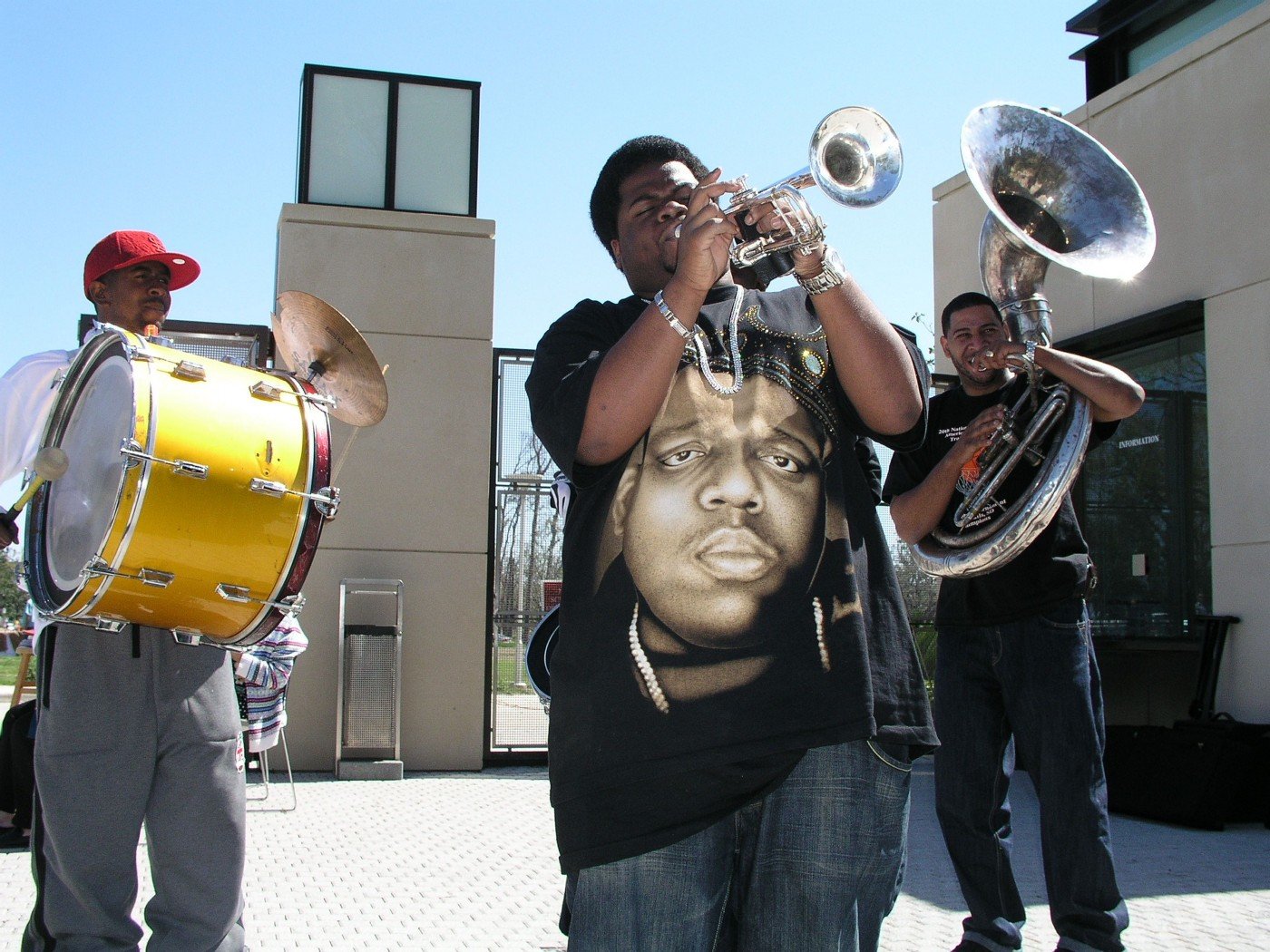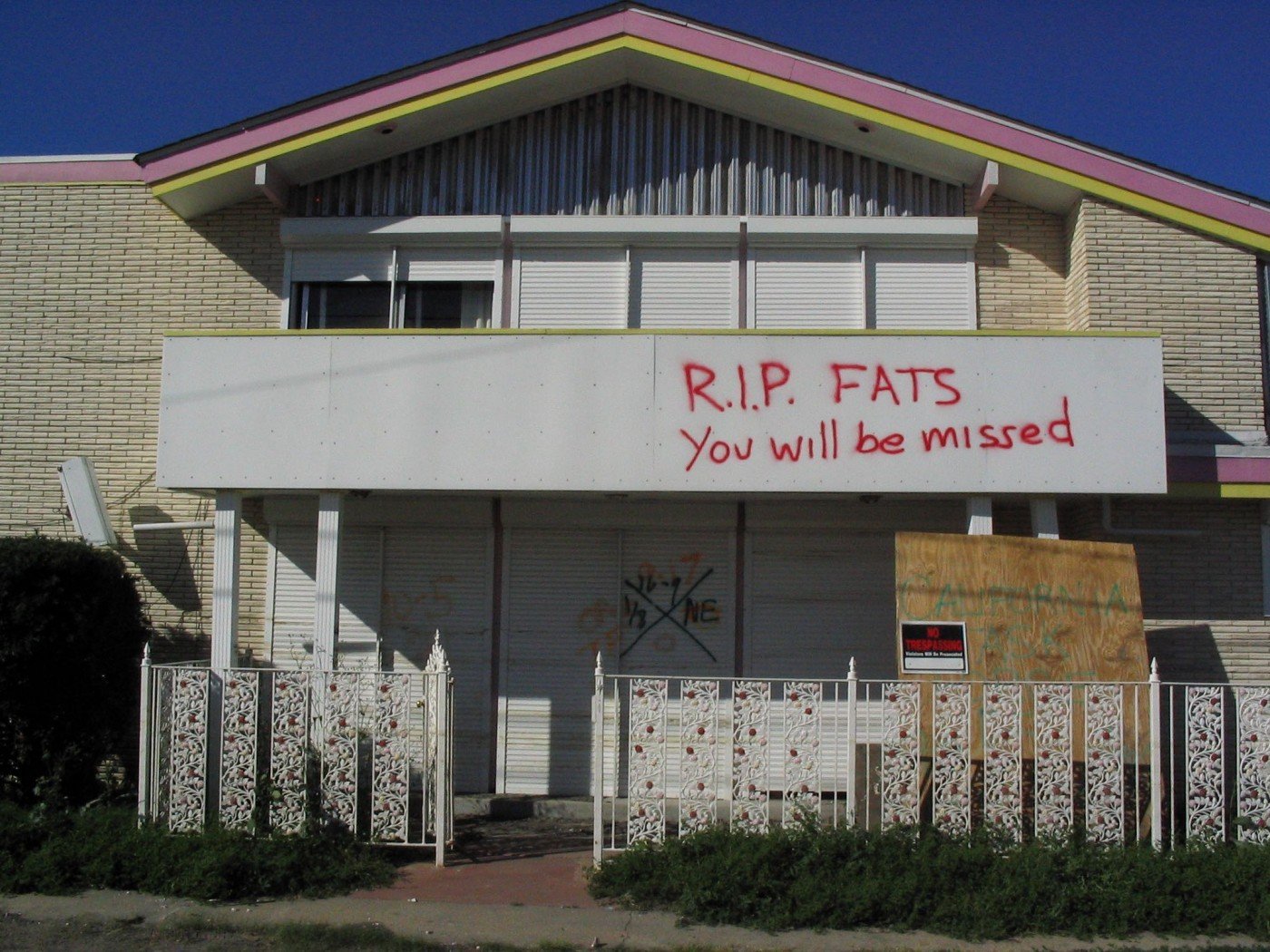Mardi Gras Post Katrina
In February, 2006, I was working for the LA Times and sent to cover the reconstruction of New Orleans following Hurricane Katrina for eight weeks.
My time there coincided with the first Mardi Gras following the storm.
The town was still in tatters. Crumpled houses were everywhere.
I wrote about the Mexican and Central-American immigrants who had come to rebuild New Orleans in the weeks just after the storm. They had been a silent cavalry, riding to the rescue in the weeks after the storm – thousands of them in small cars and pickups, with knapsacks, descending on the moonscape the city had become from Denver, Virginia, Chicago, Texas.
They put the famous blue tarps on the roofs of thousands of houses.
By the time I got to the city, they were well ensconced. Many were dayworkers, hanging out at Lee Circle, waiting for construction work. They lived wherever they could. The city had only a semblance of law, and labor law wasn’t part of it. These guys were ripped off for their wages every couple weeks. Mostly this was at the hands of Latino contractors. Many guys I spoke with said they’d never work for a Latino contractor again.
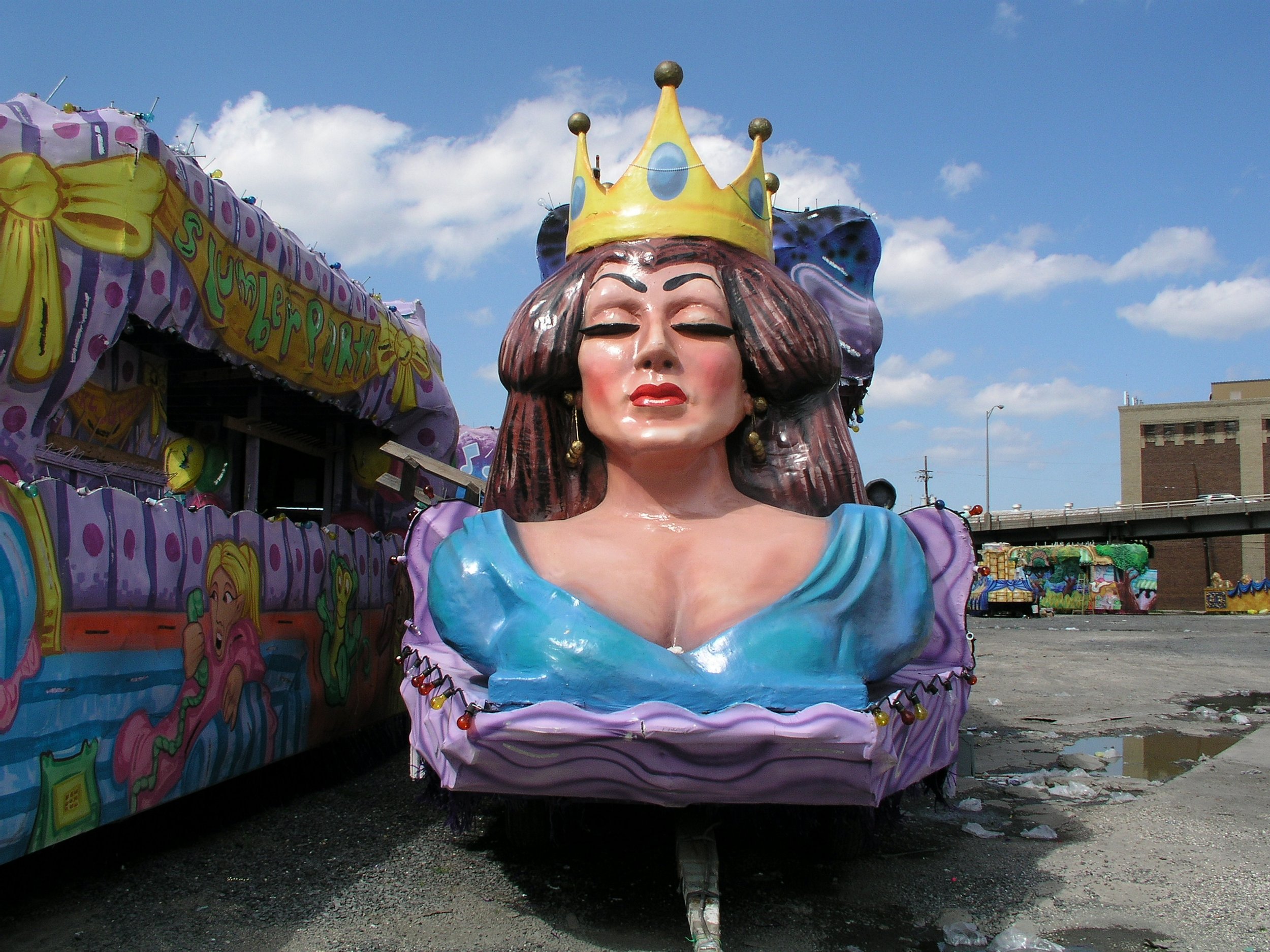
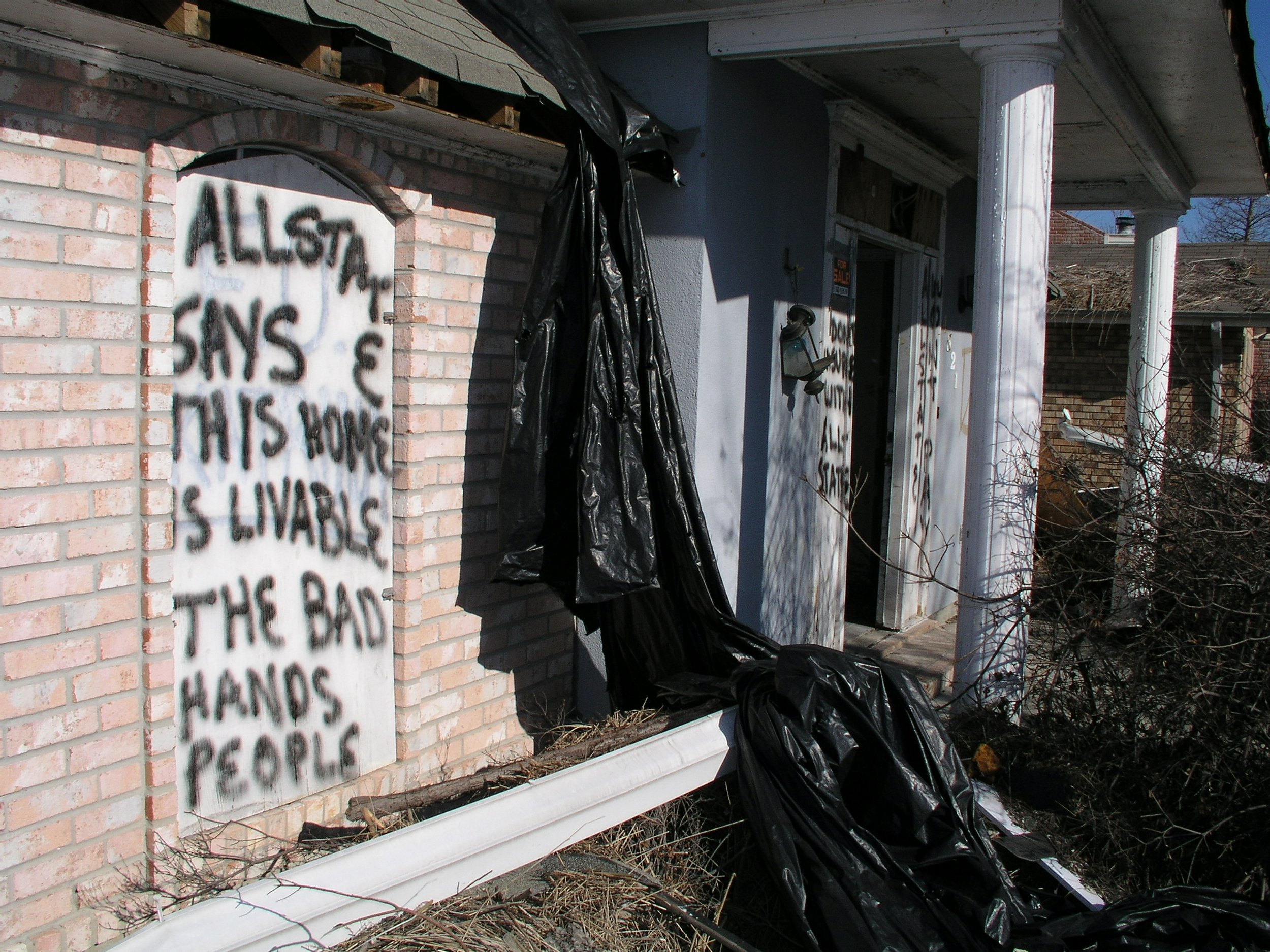
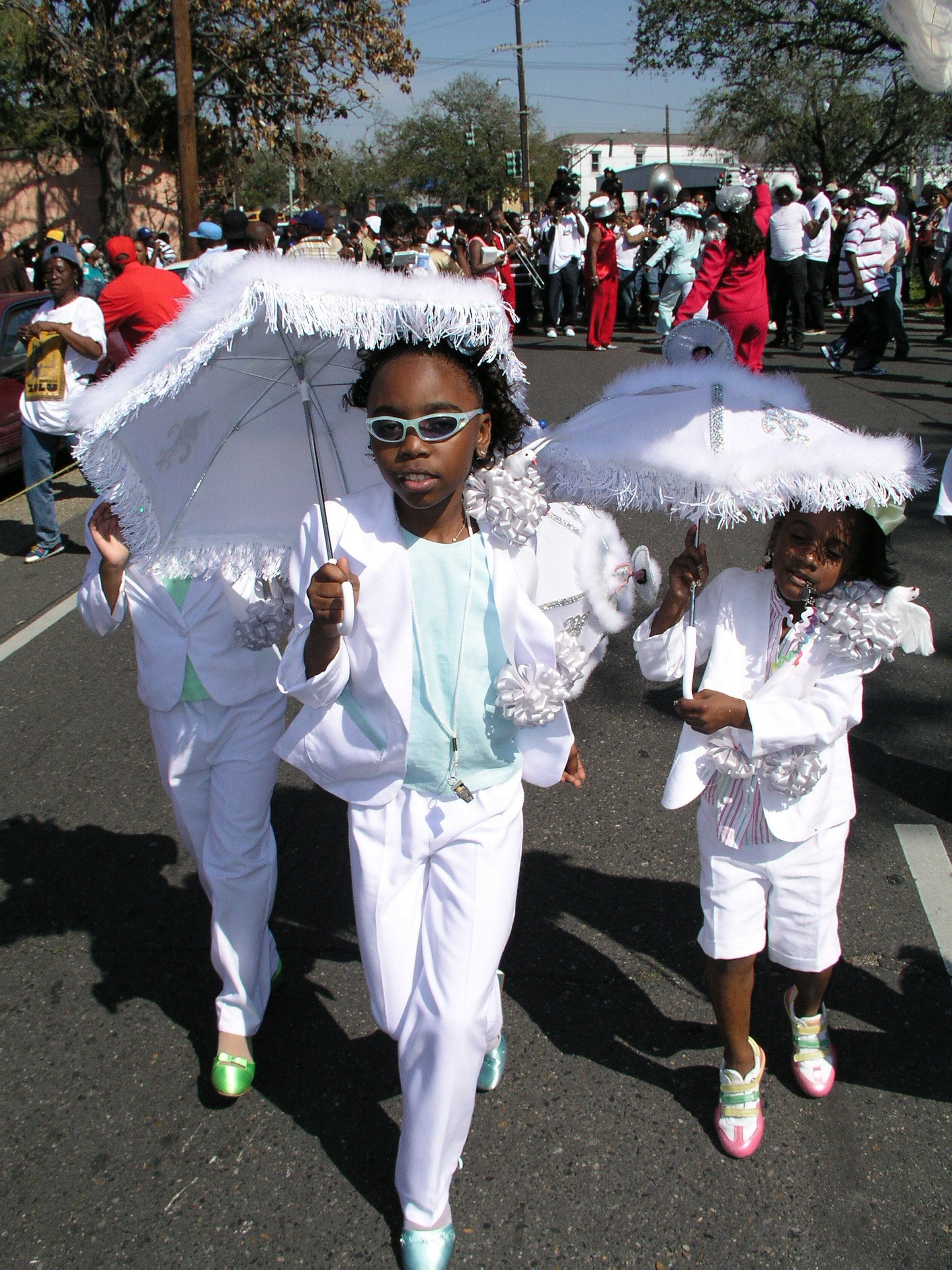
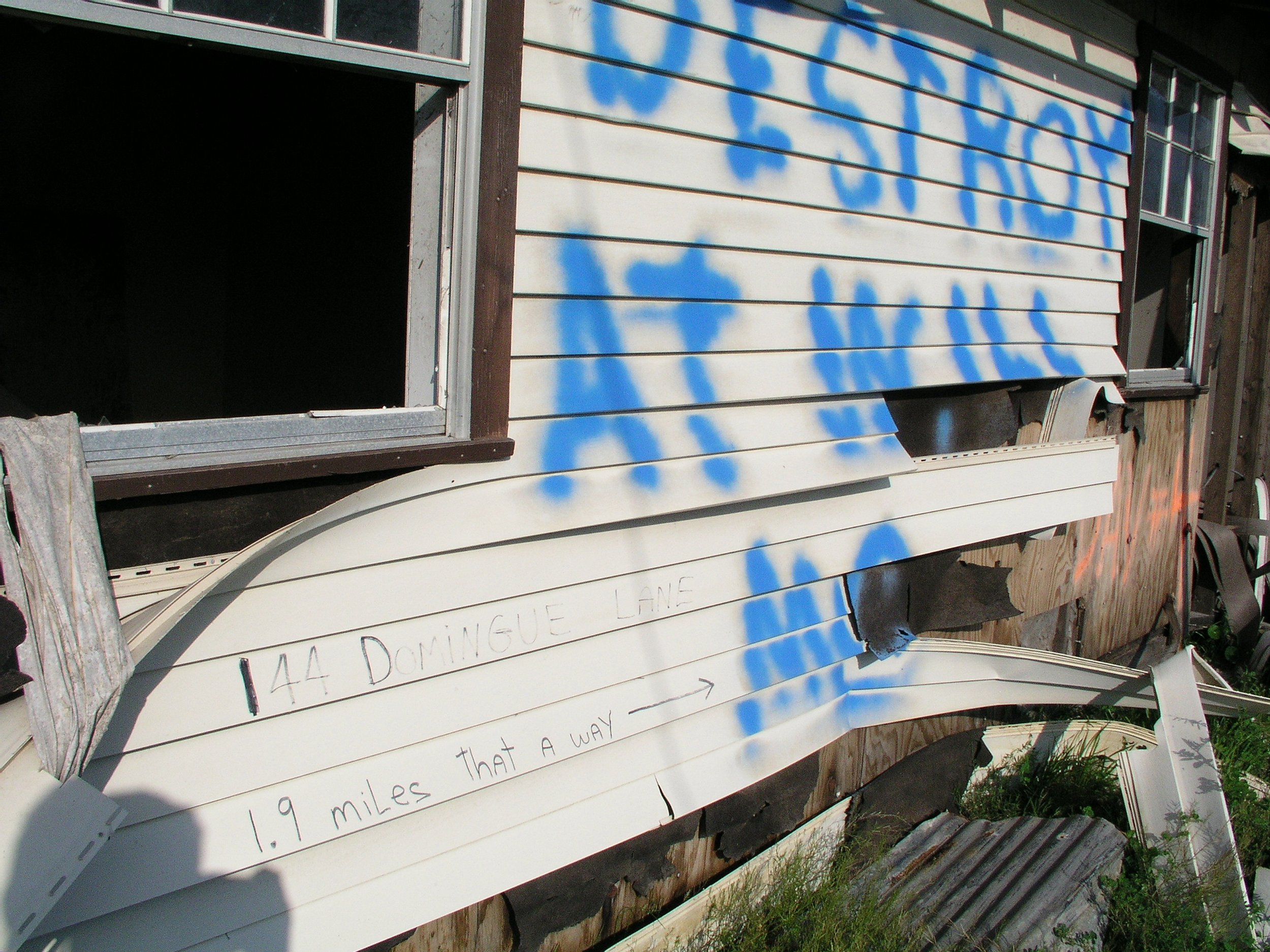
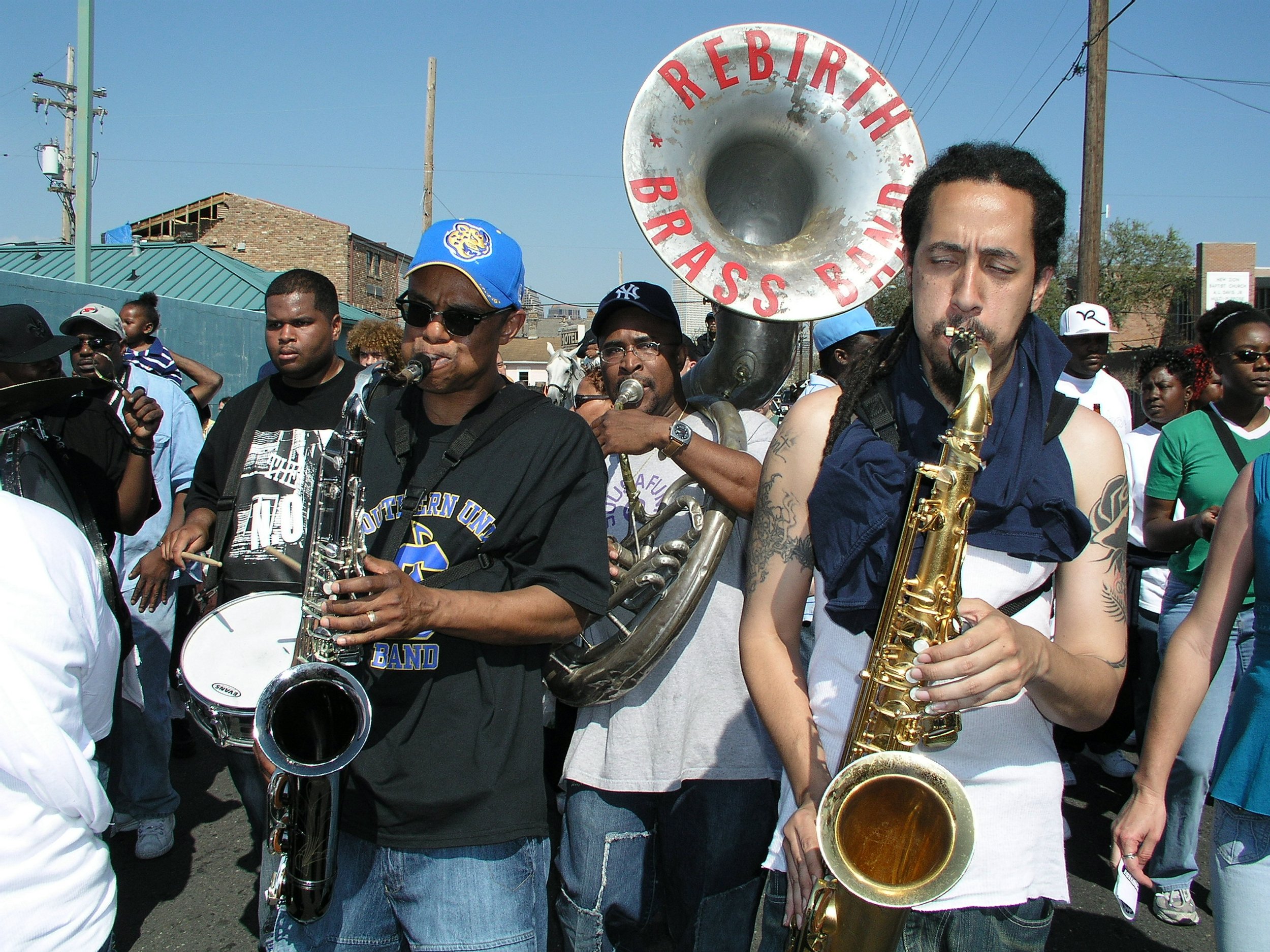
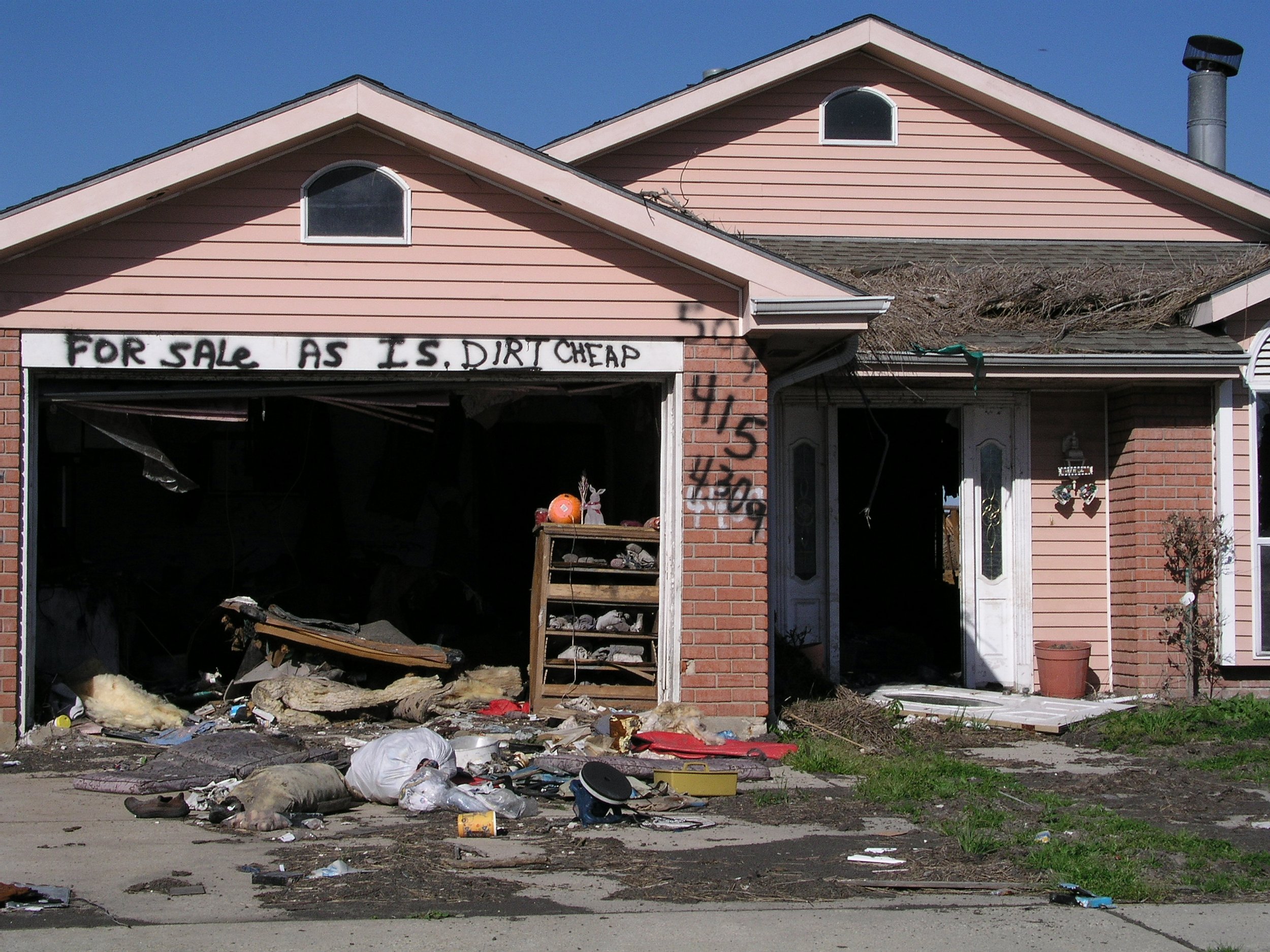
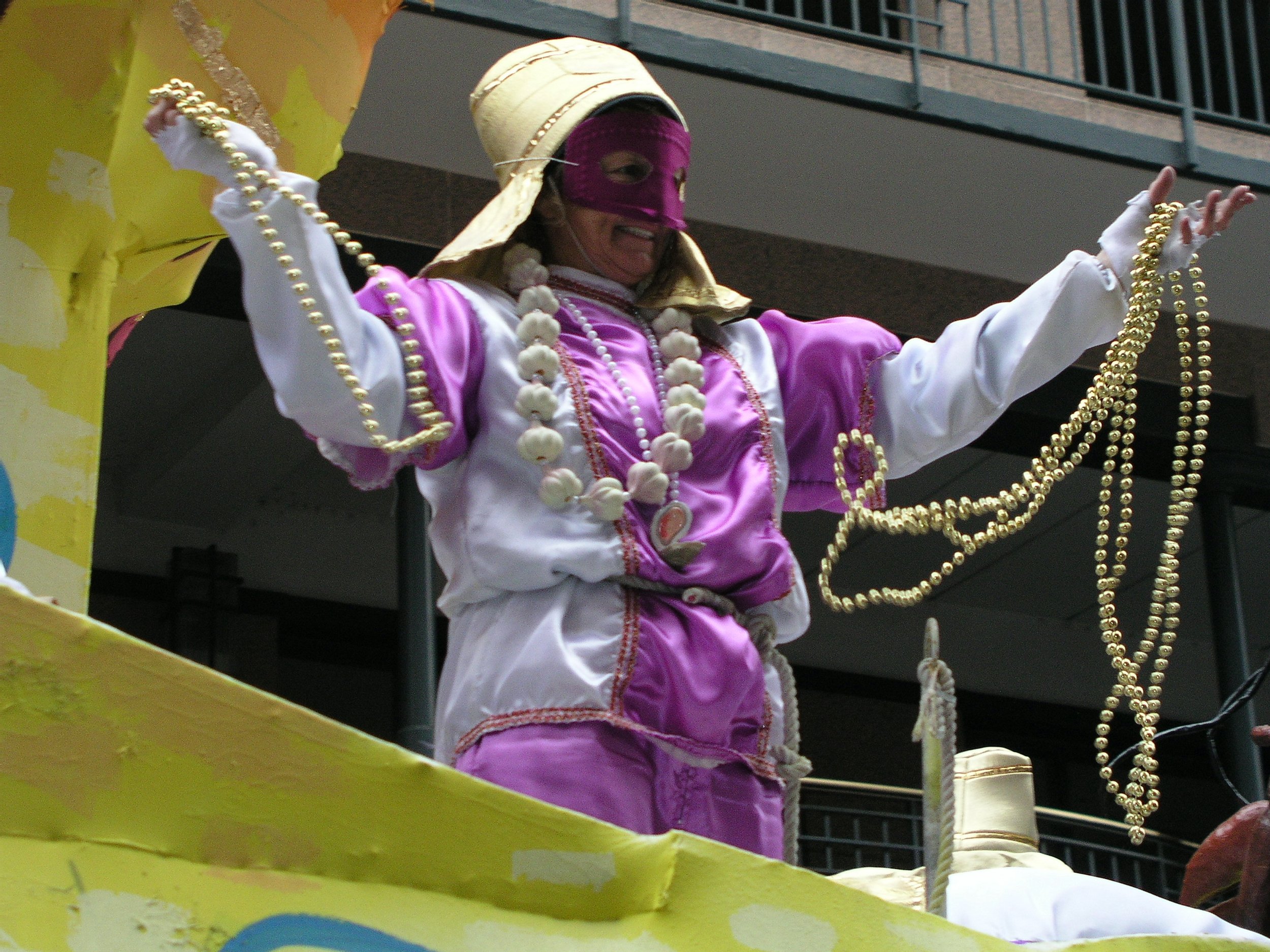
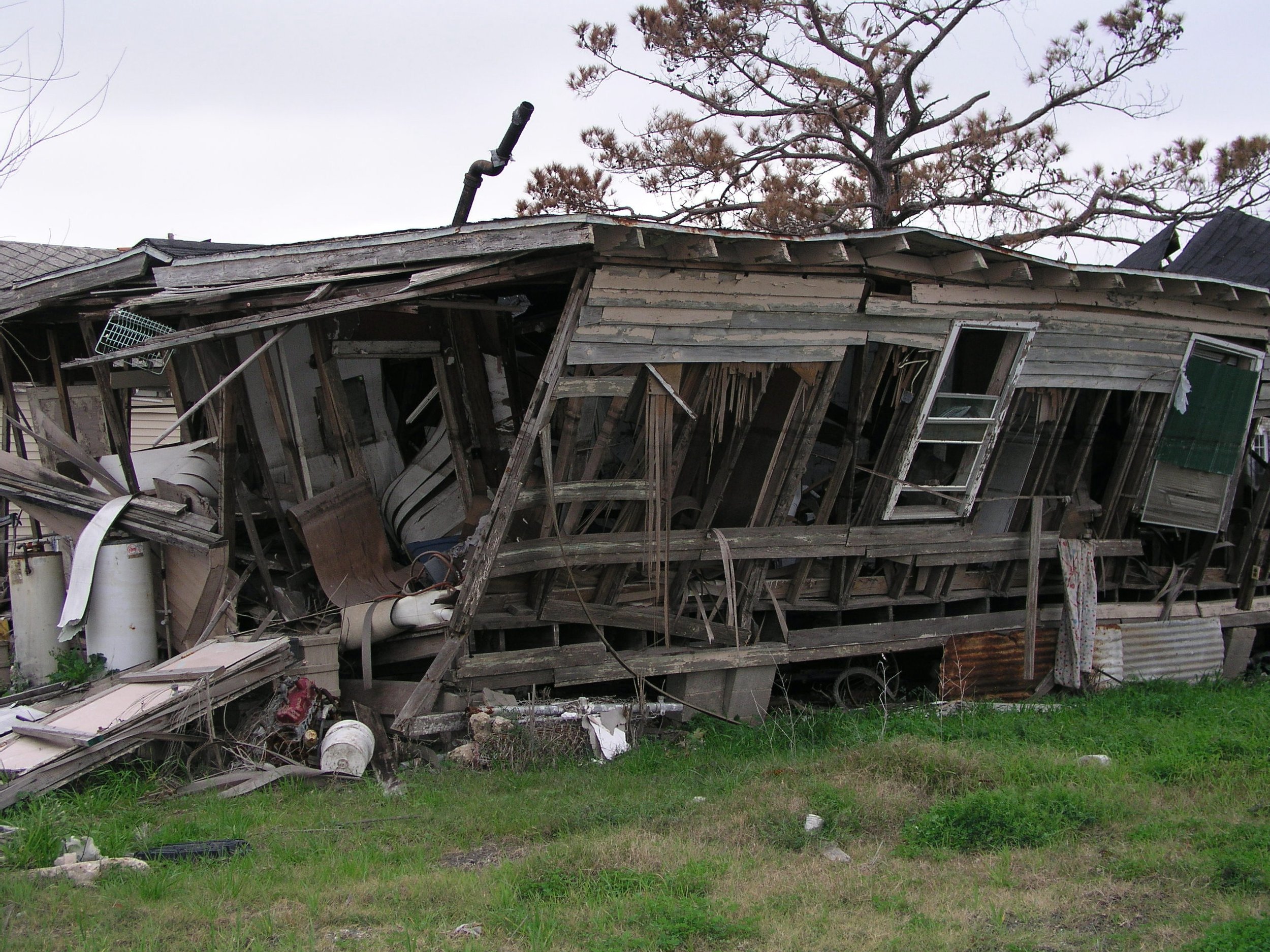
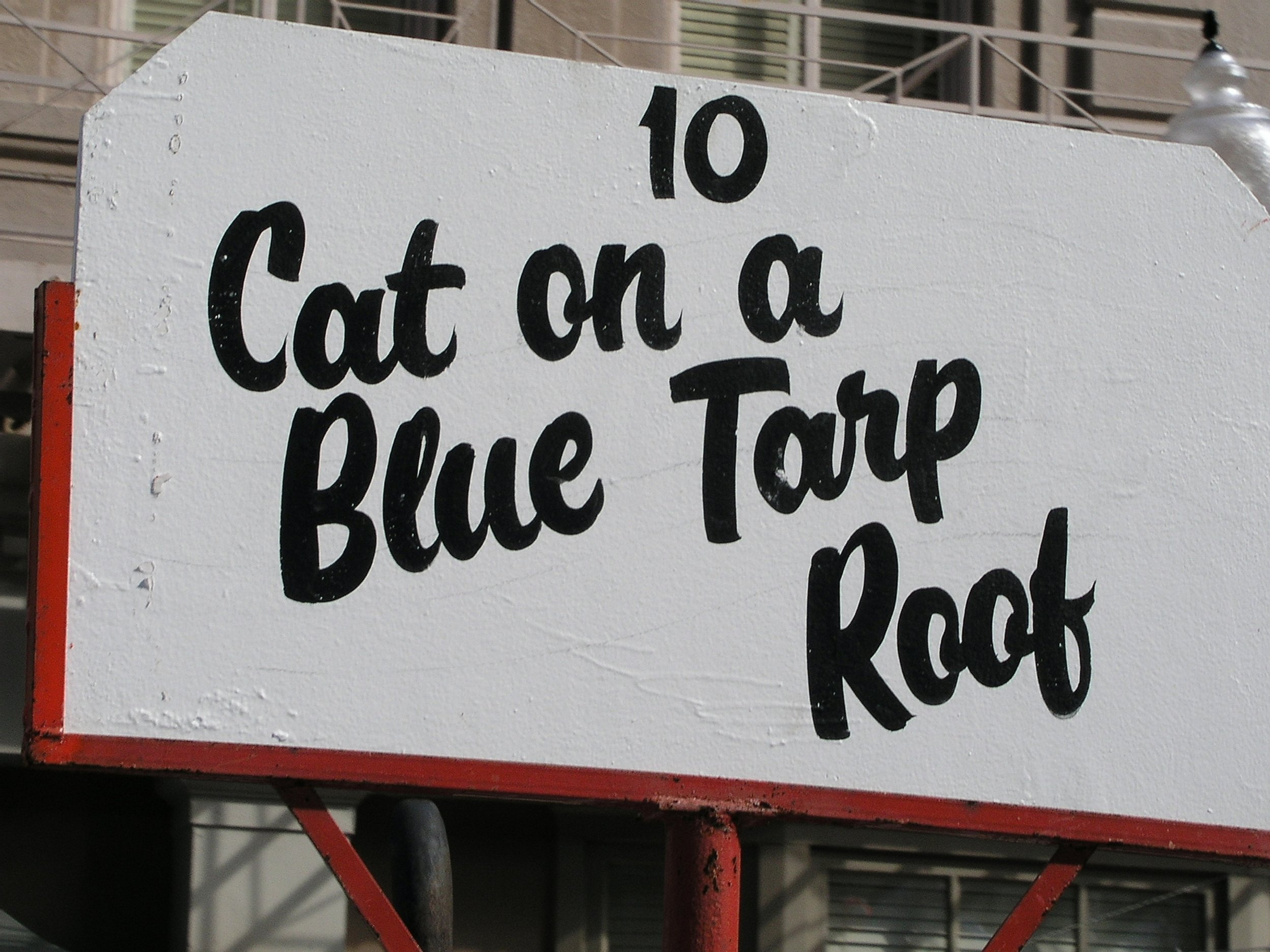

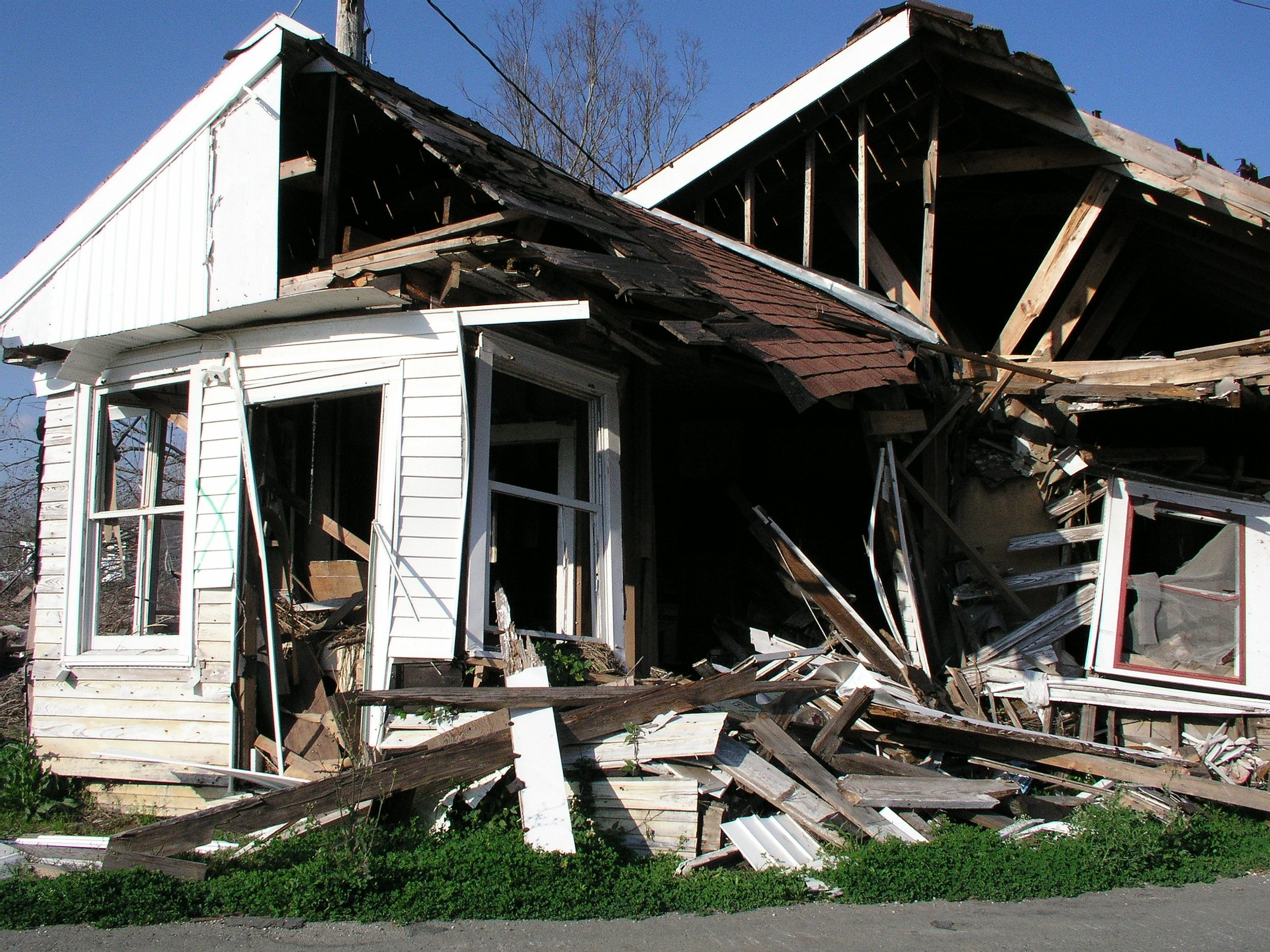
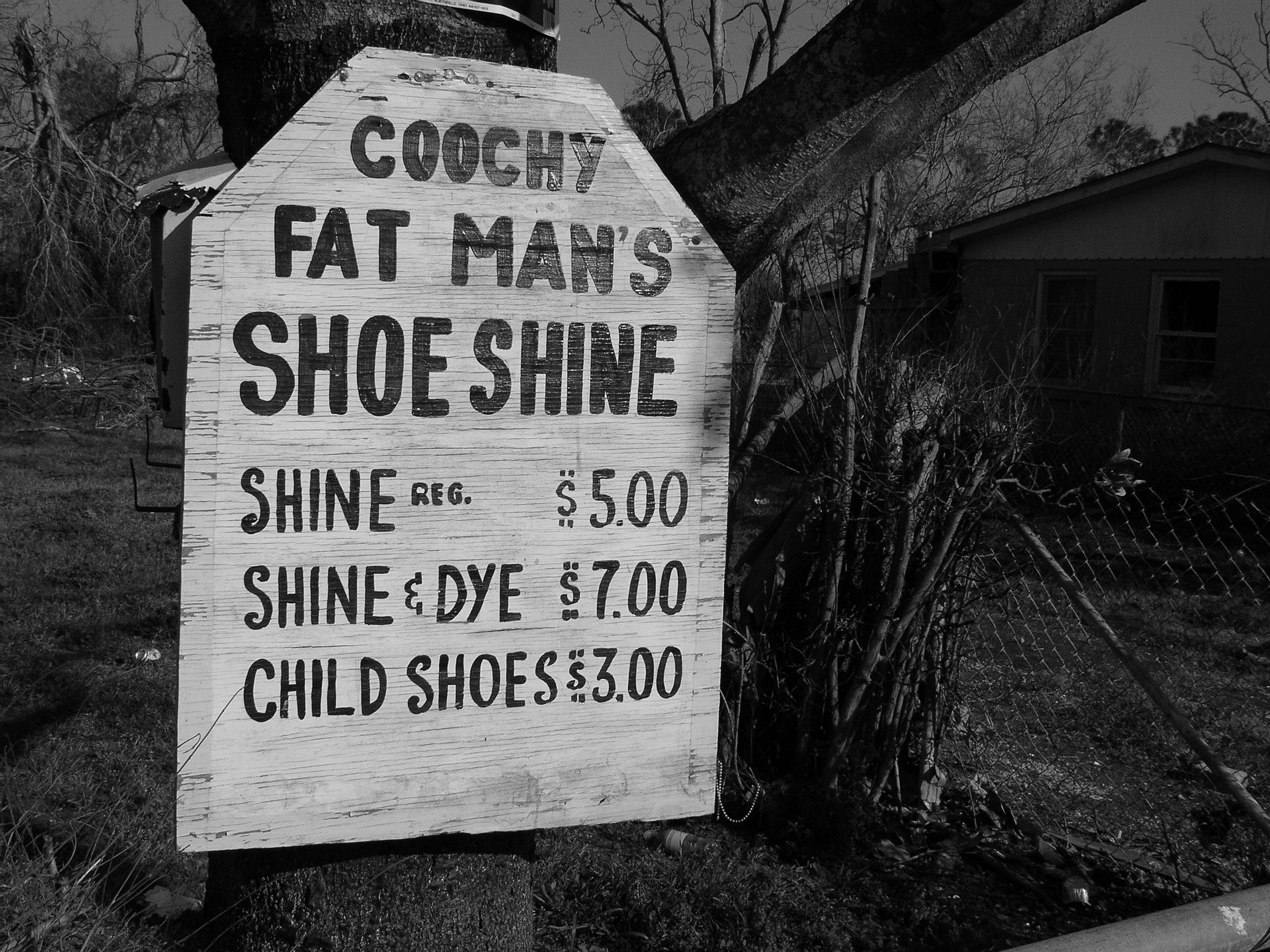
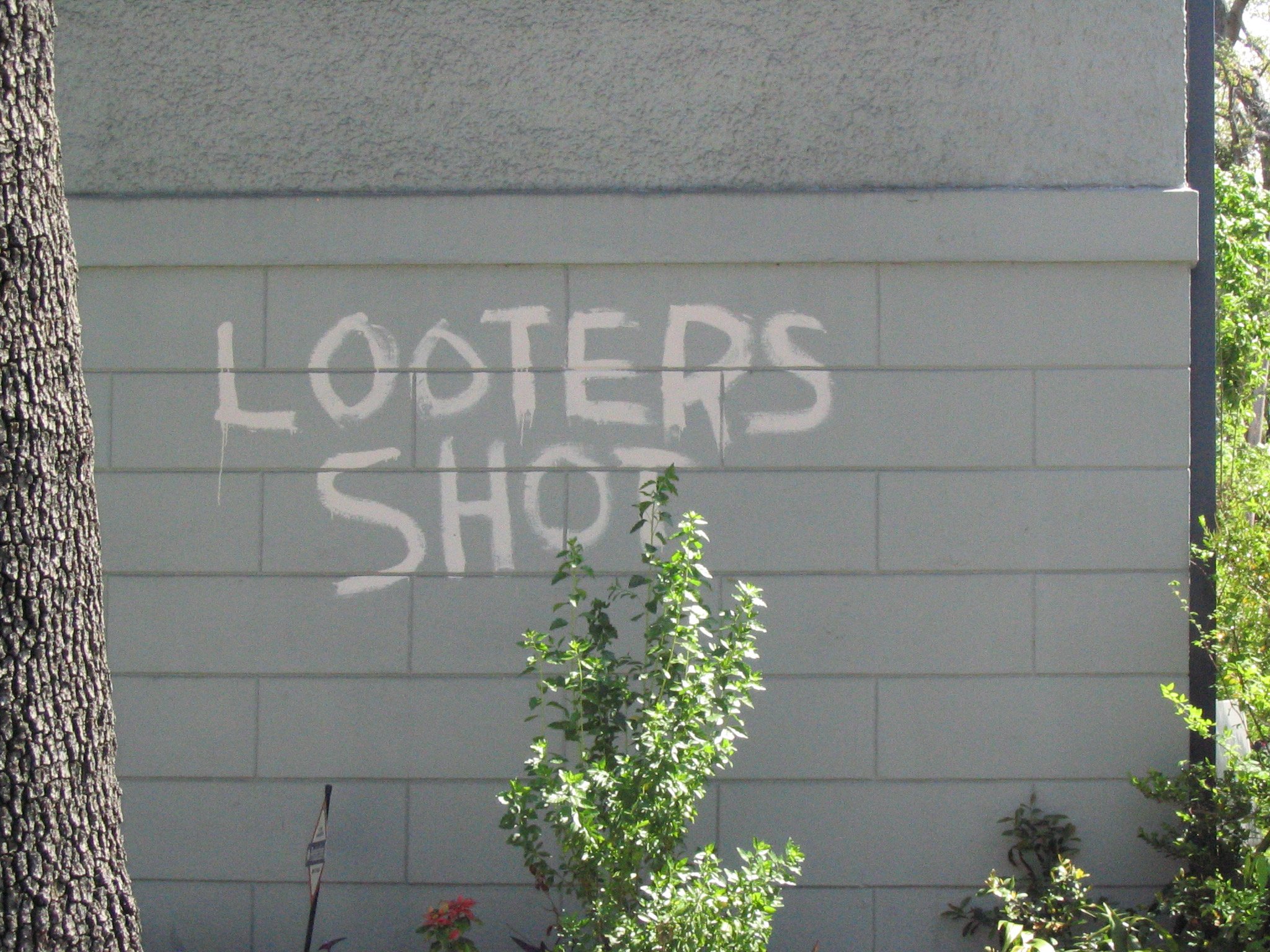
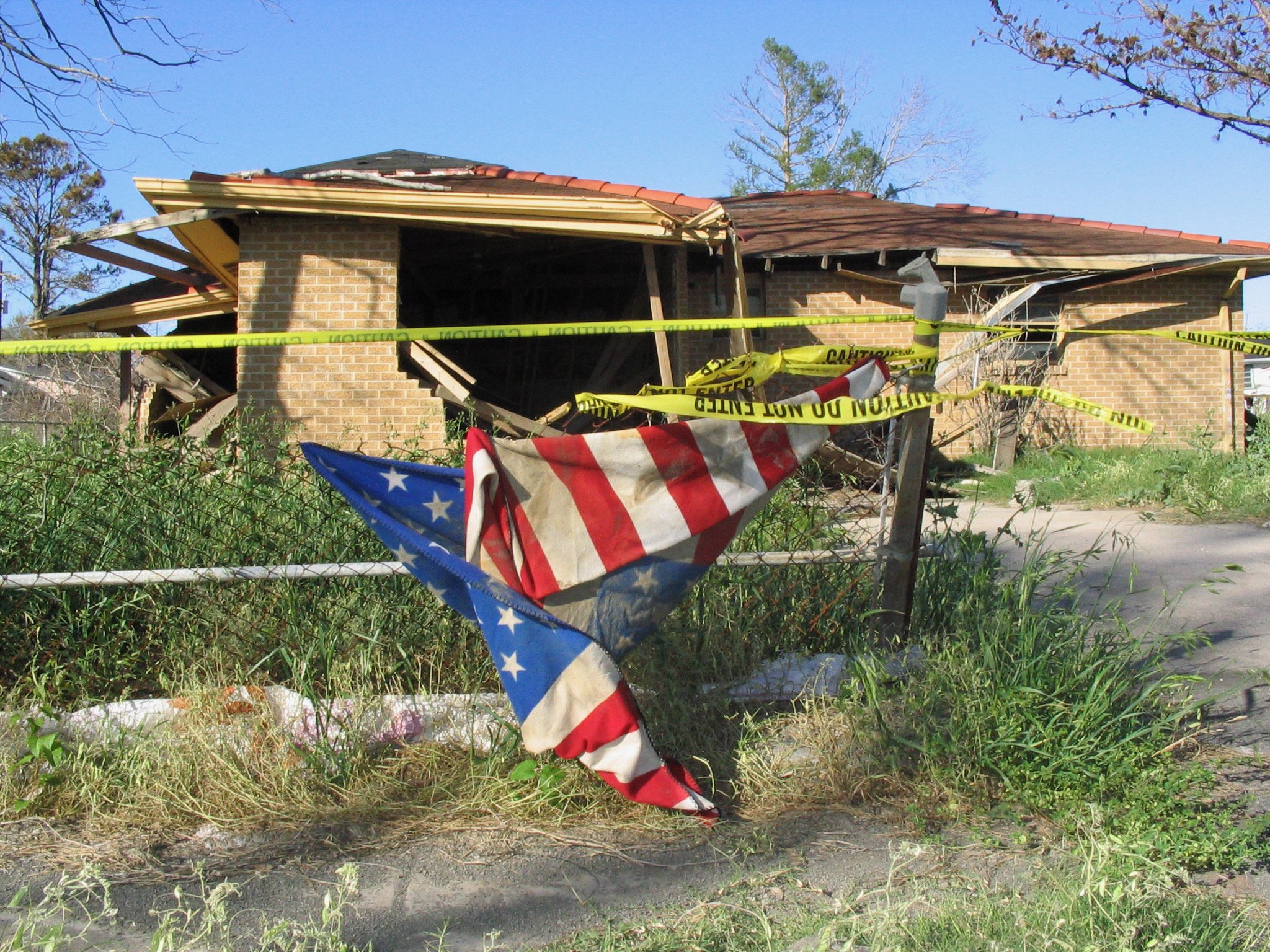
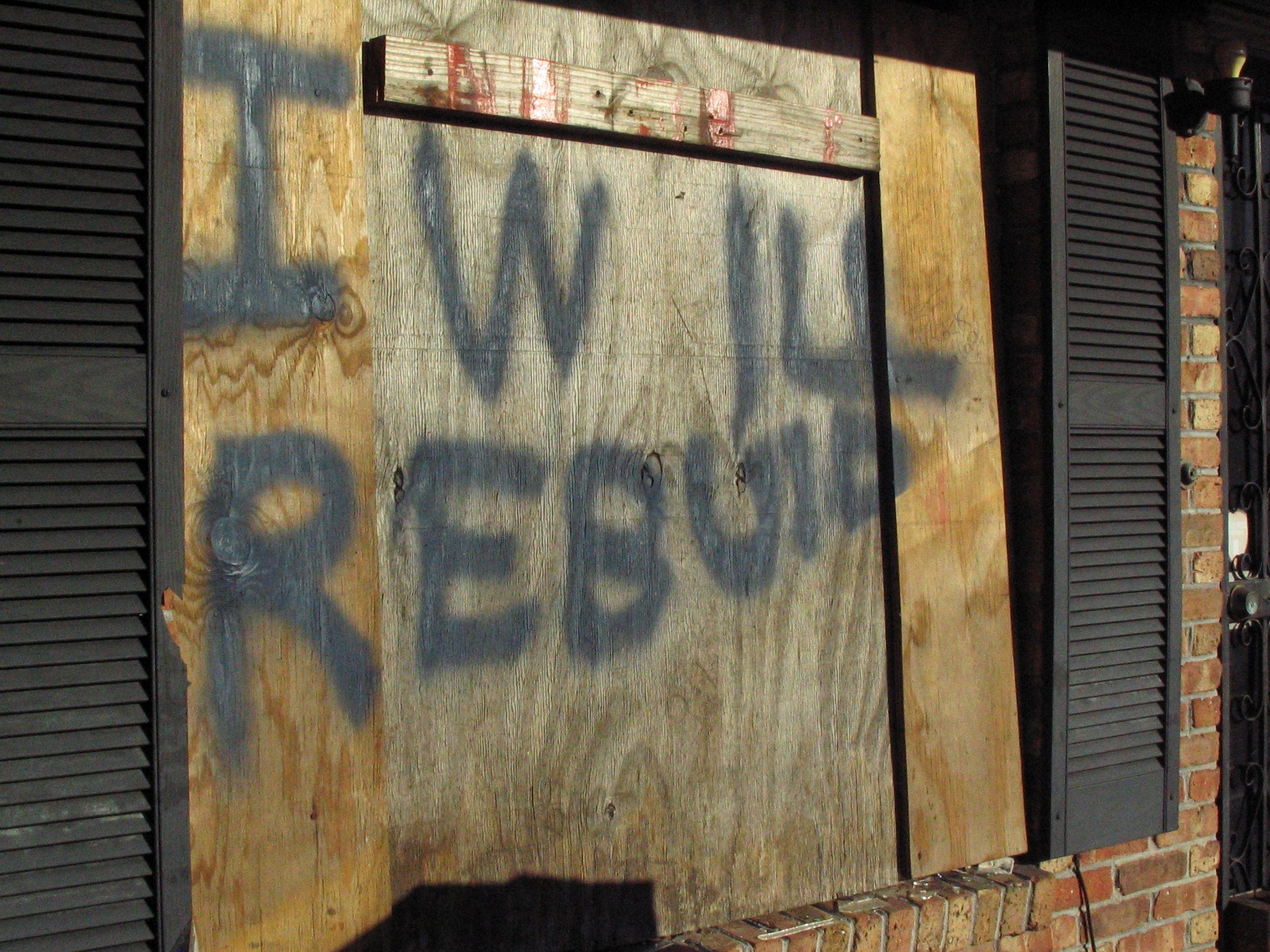
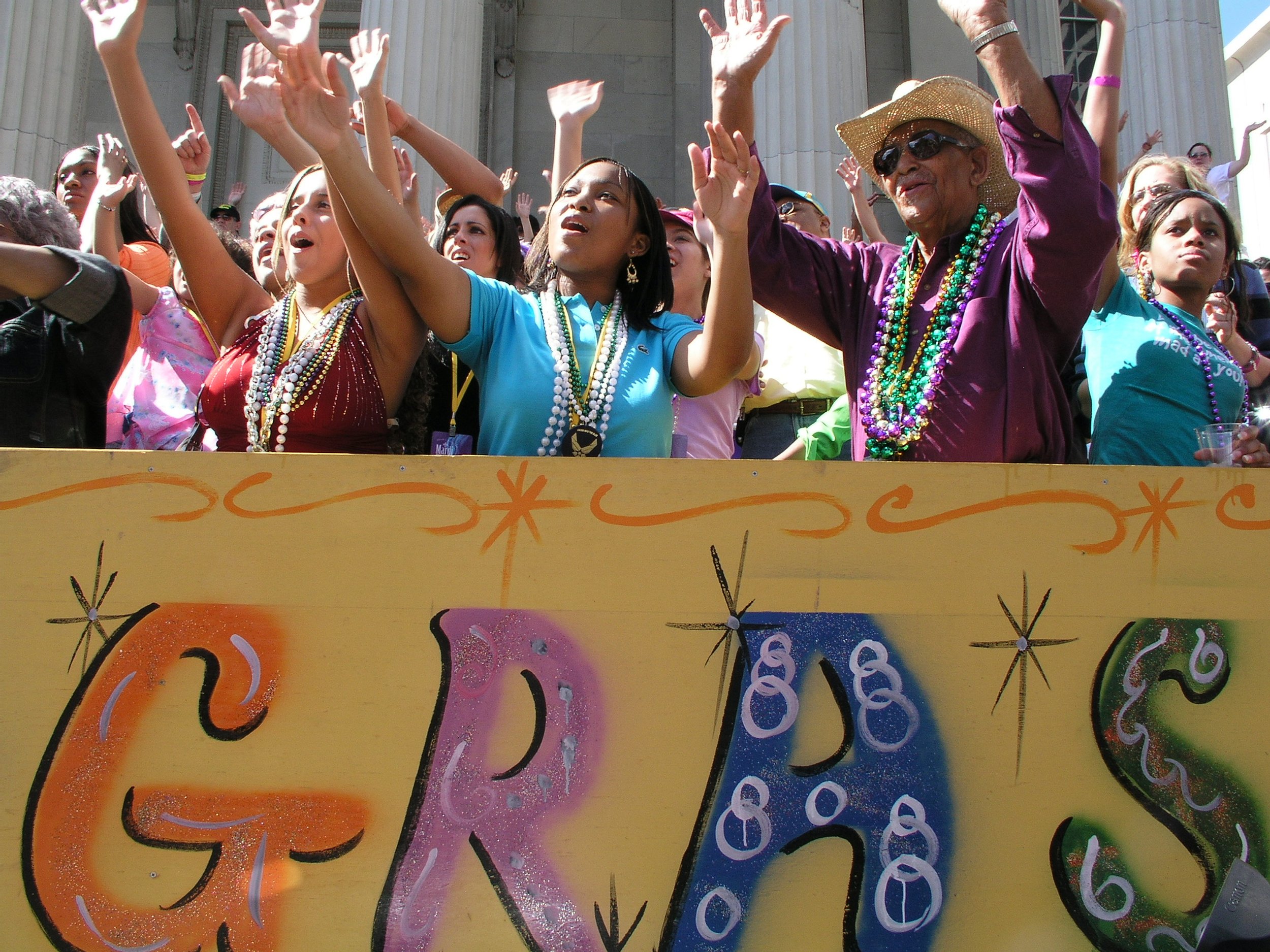
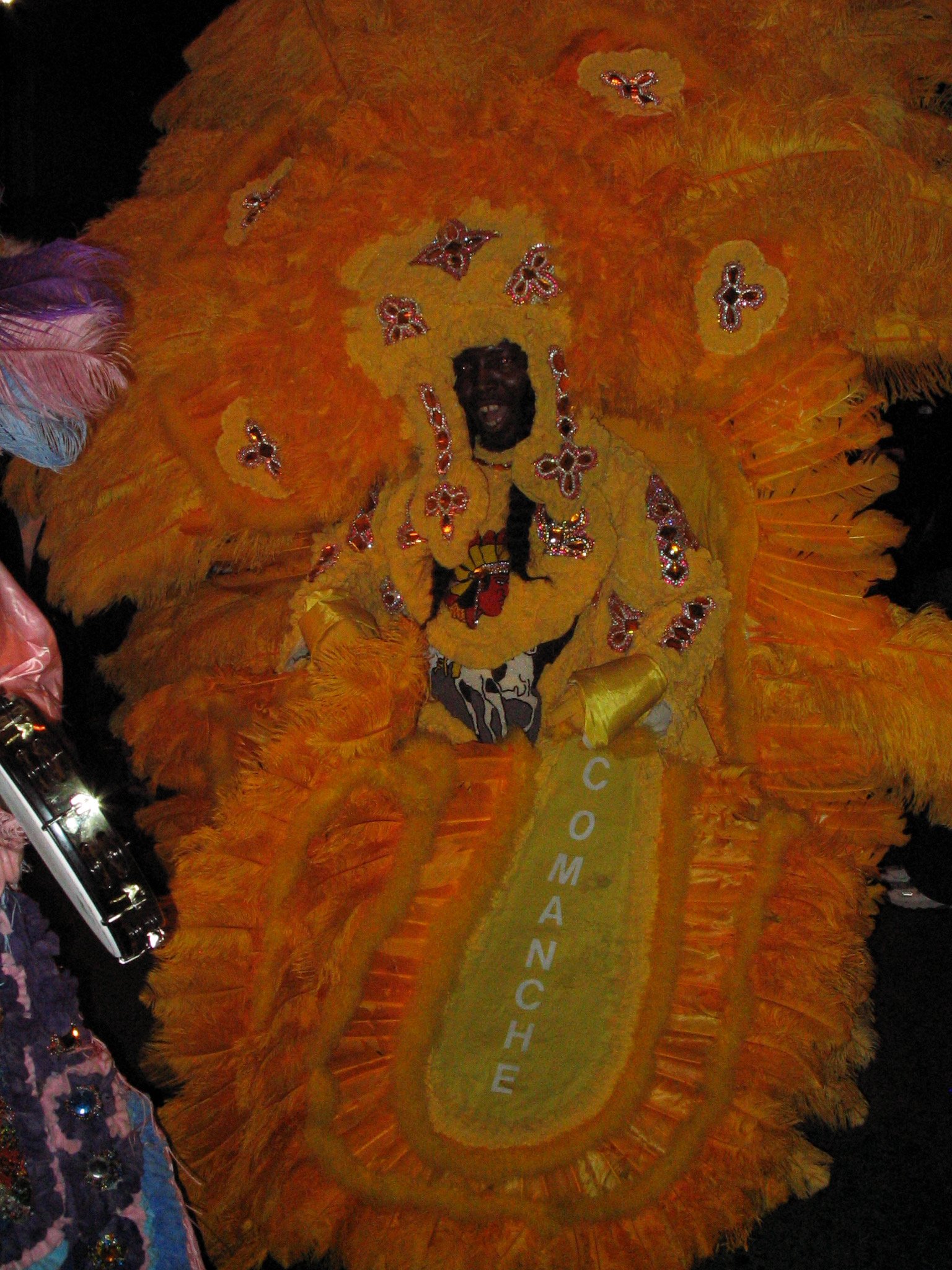
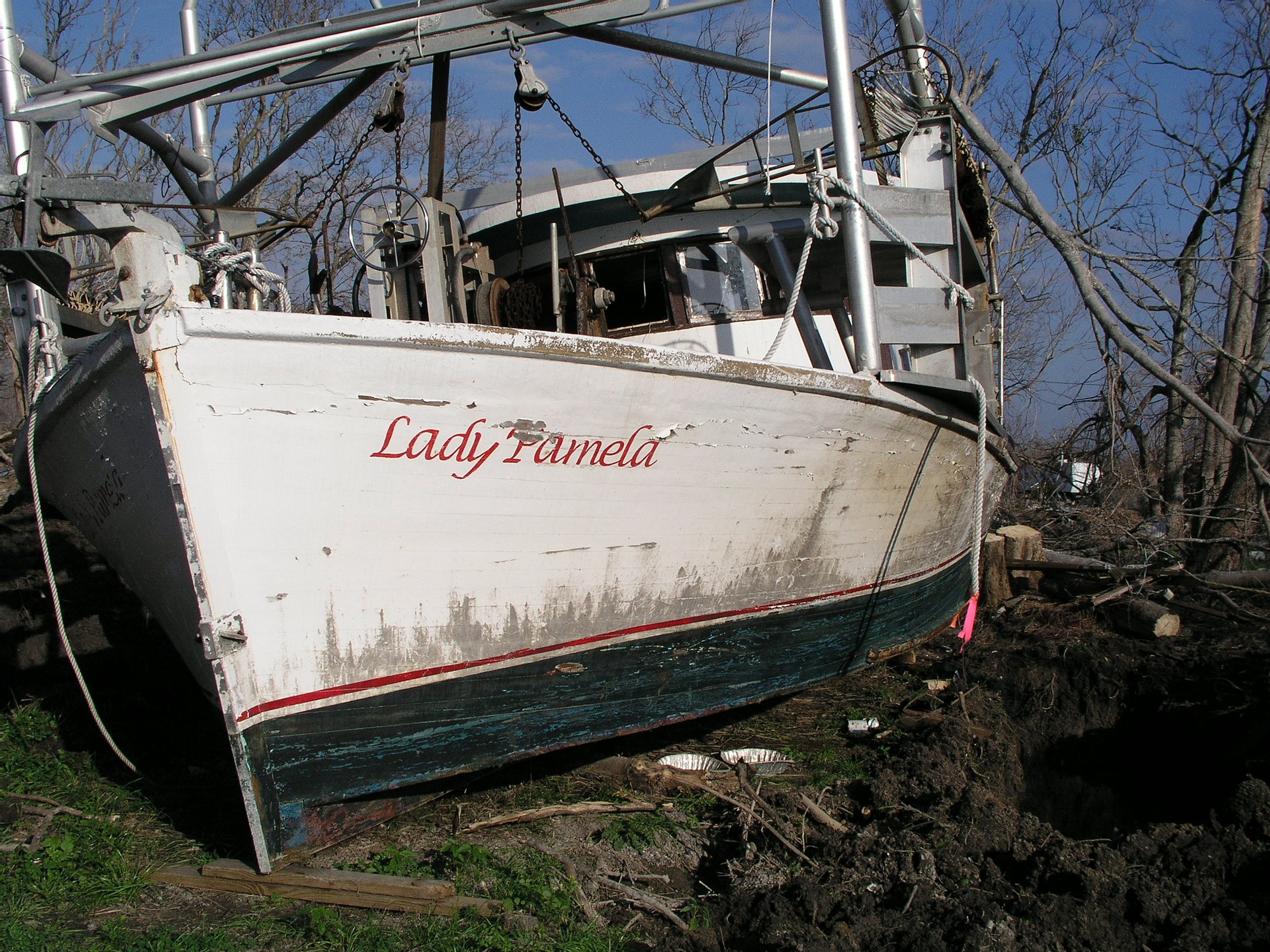
I had been to New Orleans a half dozen times before that and loved its music and food. I’d been a couple times to its Jazz Festival.
But the hurricane laid bare a city I hadn’t known – festering in dysfunction and economic decay long before the waters rose. Before the 2015 hurricane, the town had the same population it had had in 1930 – so many people had left in the intervening years. In every municipal sphere, things were falling apart: the hospital, schools, courts, cops, public defender.
Even the property assessment system was rife with cronyism.
I was surprised to realize that the place I discovered was fairly pessimistic, long before the storm. Katrina just served to expose to the world the sores that the partying had papered over for so long.
I’ve long felt economists should use Mexicans as economic barometers – they go where the jobs are. New Orleans had no Mexicans before Katrina. So the presence of Mexicans, which upset a lot of folks, I viewed as a positive, energizing thing for the city. That was definitely not the popular view at the time, I remember.
I haven’t been back, but I dearly hope the city I love, and love to visit, has become less of a party zone, a place of false cheer, and more of a place of real optimism and real energy.

